Reptiles represent some of the most fascinating and ancient vertebrates on our planet, with their scaly bodies, cold-blooded physiology, and remarkable adaptations to diverse environments. The United States hosts an impressive array of these creatures, from tiny lizards to massive alligators, with certain states standing as genuine hotspots for reptilian biodiversity. These regional concentrations of species richness tell important stories about climate, habitat availability, evolutionary history, and conservation priorities. In this article, we’ll explore the ten states that lead the nation in reptile diversity, examining what makes each location special and which notable species call these areas home.
The Importance of Reptile Diversity
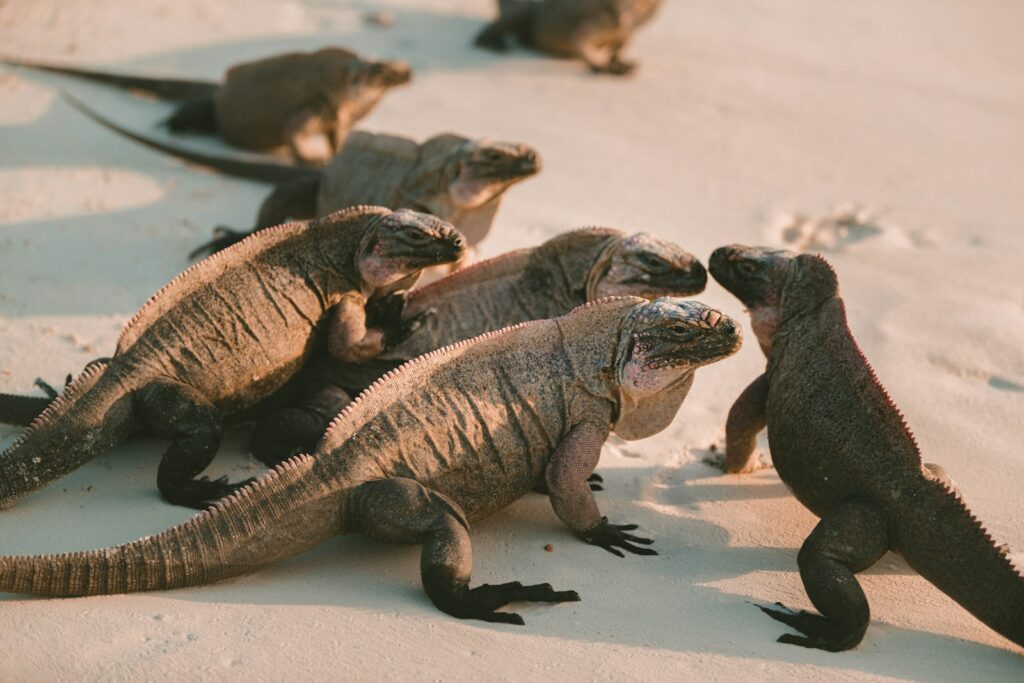
Reptiles serve as vital components of healthy ecosystems, controlling pest populations, serving as prey for larger predators, and even helping with seed dispersal in some cases. The presence of diverse reptile communities often indicates ecosystem health, as many species have specific habitat requirements and are sensitive to environmental changes.
Conservation biologists increasingly recognize reptiles as important indicator species whose populations reflect broader ecological conditions. Understanding which states harbor the greatest reptile diversity helps prioritize conservation efforts and highlights regions of special biological significance that may require additional protection.
Factors Influencing Reptile Distribution
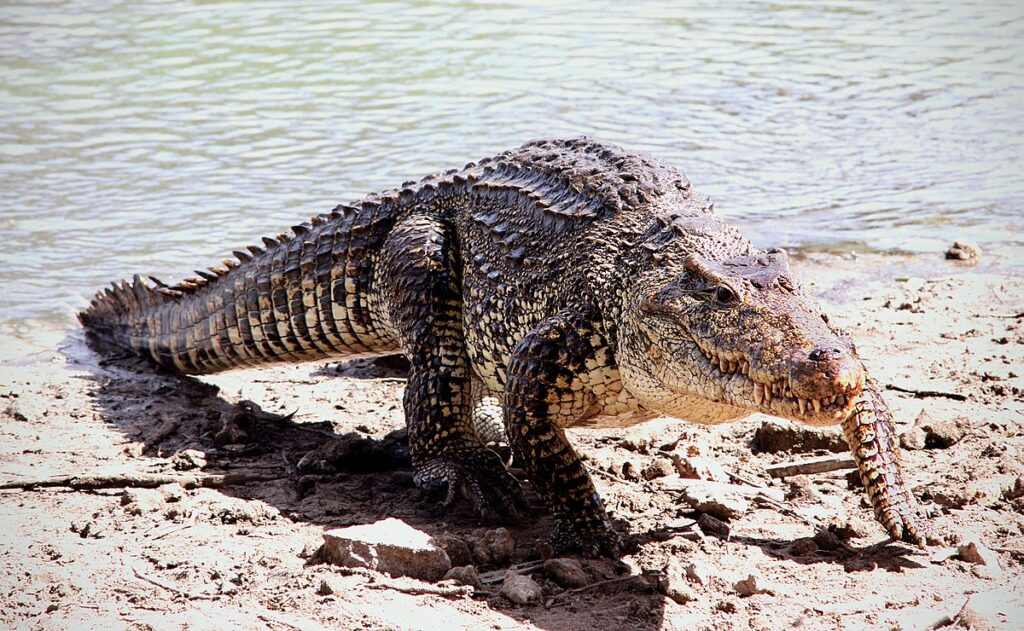
Several key factors determine which states host the greatest reptile diversity. Climate plays a crucial role, as reptiles are ectothermic (cold-blooded) and generally thrive in warmer environments where they can more easily regulate their body temperature.
Habitat diversity is equally important, with states featuring varied landscapes—from mountains to wetlands to deserts—typically supporting more reptile species. Biogeographic history also shapes current distributions, with certain regions serving as evolutionary centers or refugia during past climate changes. Finally, the size of the state matters, as larger states typically encompass more diverse habitats and therefore more species.
1. Texas – The Undisputed Reptile Champion
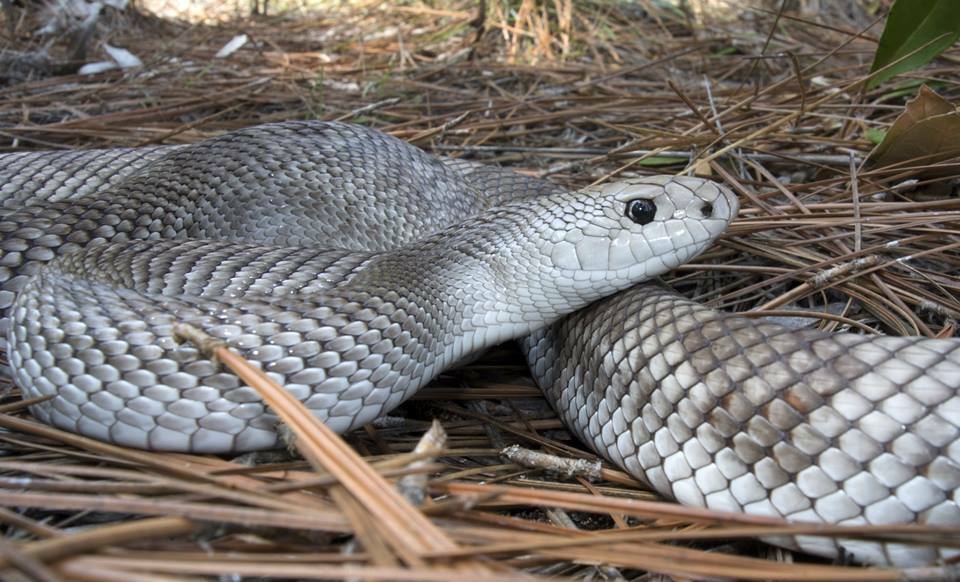
Texas claims the title of America’s reptile capital with approximately 142 native species, far surpassing any other state. This remarkable diversity stems from Texas’s enormous size and extraordinary ecological variety, encompassing coastal plains, hill country, deserts, mountains, and subtropical zones.
The state hosts an impressive 68 species of snakes alone, including the threatened Louisiana pine snake and the iconic western diamondback rattlesnake. Texas’s reptile community features numerous lizard species, from the greater earless lizard to the Texas horned lizard (often called the “horny toad”), as well as 25 turtle species and the American alligator. This exceptional diversity makes Texas a focal point for herpetologists and reptile enthusiasts nationwide.
2. Florida – A Peninsula Paradise for Reptiles
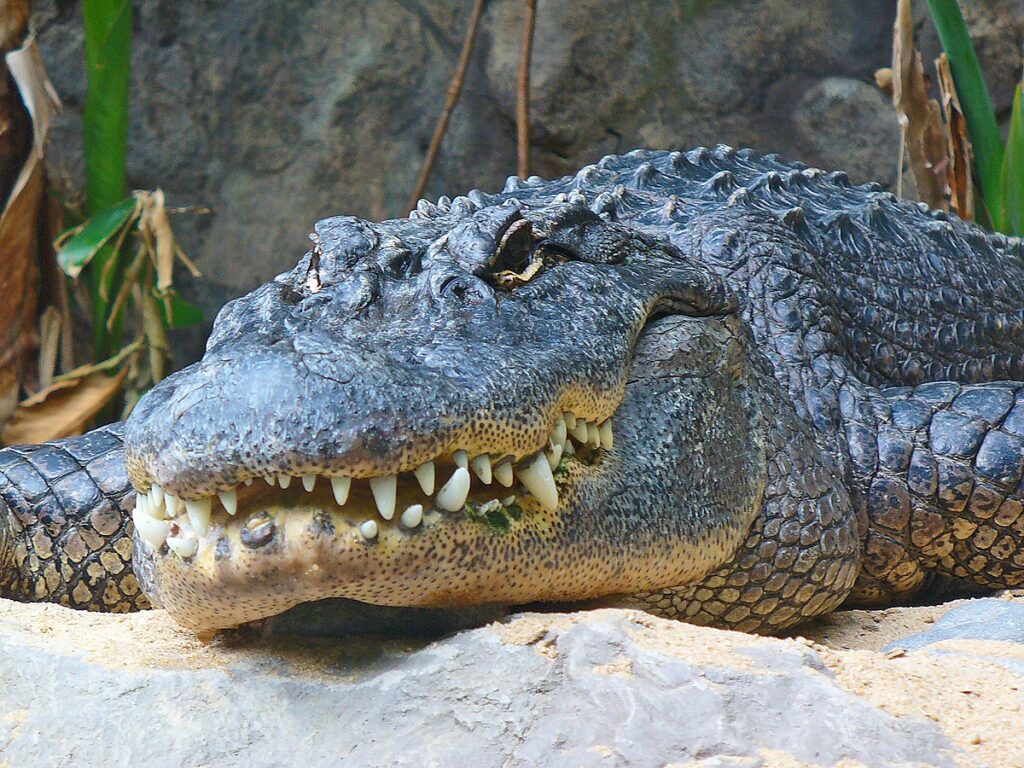
Florida ranks second with approximately 110 native reptile species, though it has gained dozens more through non-native introductions. The state’s subtropical climate, extensive wetlands, and position as a peninsula create ideal conditions for reptile diversity. Florida’s signature reptiles include the American alligator and the endangered American crocodile—making it the only state with both crocodilians.
The state hosts numerous turtle species, including five sea turtle species that nest on its beaches, and the iconic gopher tortoise that creates burrows used by hundreds of other species. Unfortunately, Florida also faces significant challenges from invasive reptiles, with established breeding populations of Burmese pythons, green iguanas, and Argentine tegus threatening native ecosystems.
3. Arizona – Desert Reptile Diversity
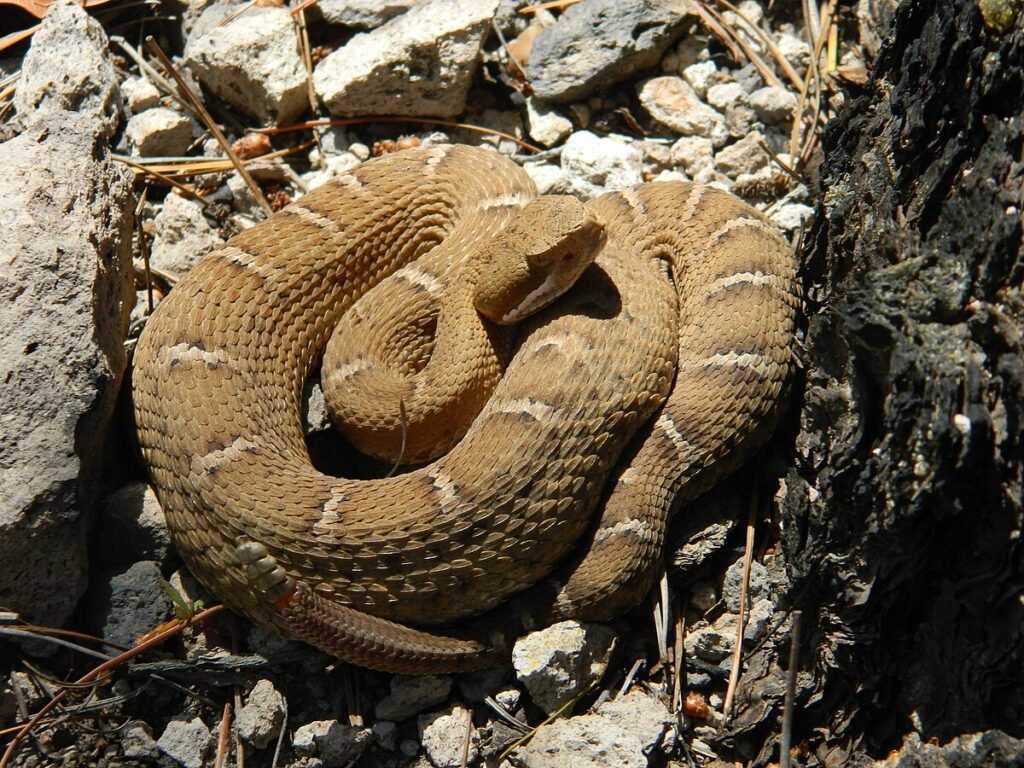
Arizona boasts approximately 107 reptile species, with its extraordinary diversity driven by the state’s varied topography and position at the intersection of several ecological zones. From the low, hot Sonoran Desert to high-elevation pine forests, Arizona offers reptiles a remarkable range of habitats.
The state is particularly renowned for its diversity of rattlesnakes, with 13 species including the distinctive ridge-nosed rattlesnake, Arizona’s state reptile. Arizona also hosts numerous unique lizards, such as the Gila monster—one of only two venomous lizard species in the world—and the greater short-horned lizard capable of squirting blood from its eyes as a defense mechanism. Desert tortoises, protected under state law, represent one of Arizona’s most charismatic reptile residents.
4. California – Diverse Landscapes, Diverse Reptiles
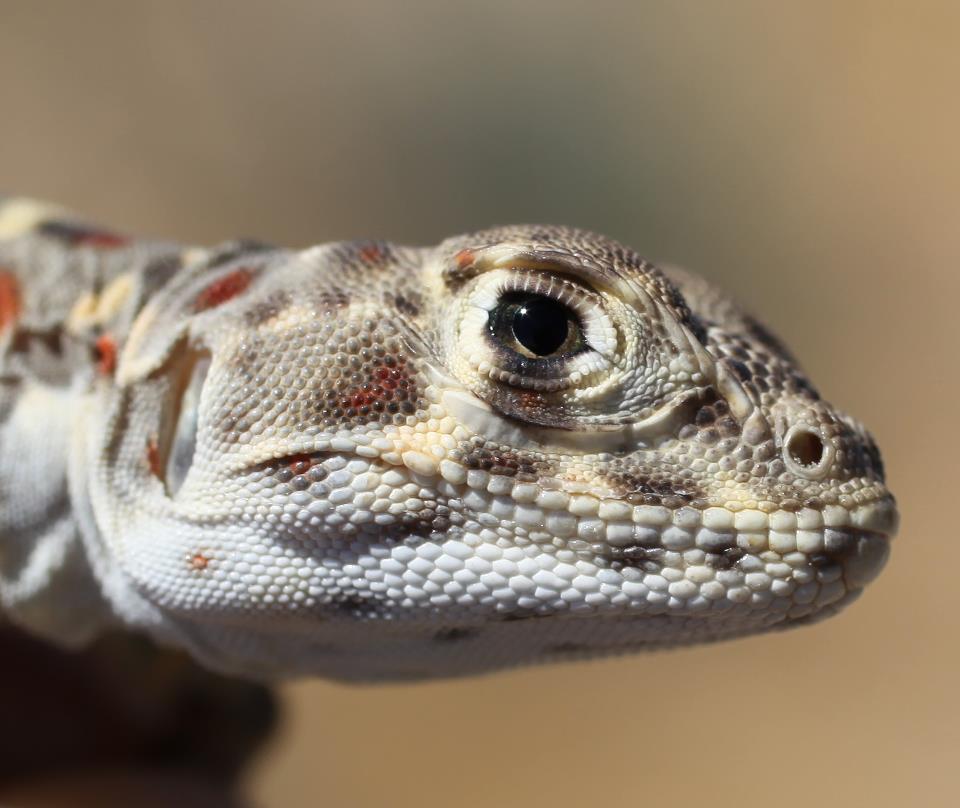
California claims the fourth position with approximately 104 reptile species, reflecting the state’s extraordinary ecological diversity and size. California’s reptile community spans environments from the Mojave Desert to Sierra Nevada mountains, coastal chaparral to northern rainforests. The state hosts unique species such as the blunt-nosed leopard lizard, an endangered species of the San Joaquin Valley, and the California kingsnake, famous for its ability to eat other snakes, including rattlesnakes.
Desert tortoises inhabit the southeastern deserts, while the western pond turtle represents the state’s only native freshwater turtle. California’s varied climate zones create numerous microhabitats supporting specialized reptile species, including several that exist nowhere else on Earth.
5. Georgia – Southeastern Reptile Haven
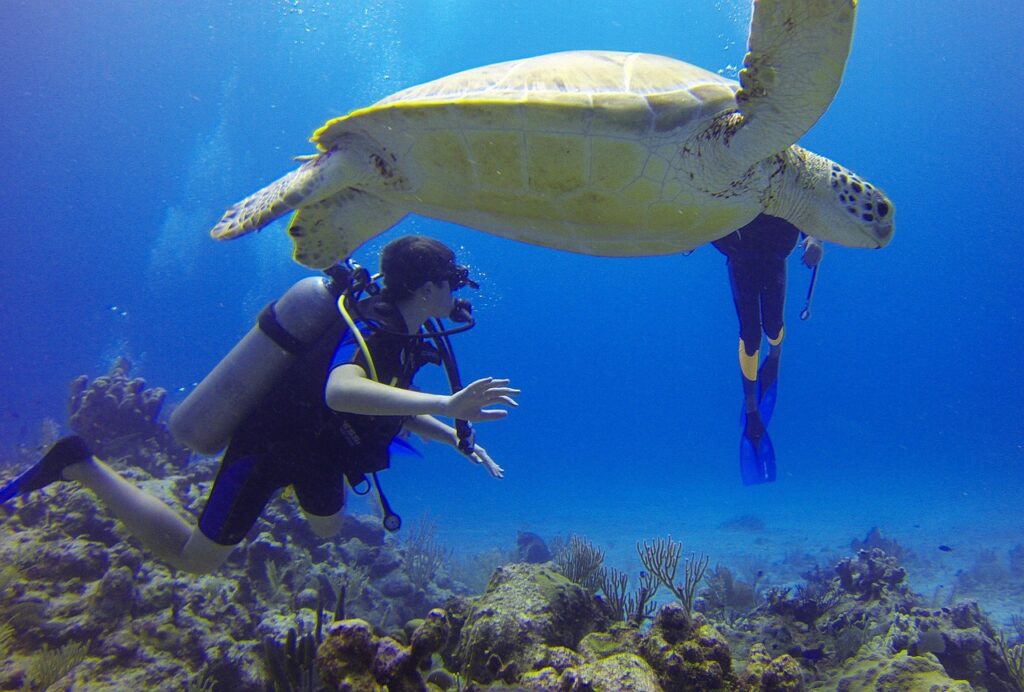
Georgia ranks fifth with approximately 93 reptile species, benefiting from its position spanning coastal plains to Appalachian highlands. The state’s warm climate and abundant waterways create ideal habitats for a diverse reptile community, particularly turtles. Georgia hosts remarkable turtle diversity, including the state reptile—the gopher tortoise—and five species of sea turtles that nest on its coastal islands.
Snake diversity is equally impressive, with species ranging from the eastern indigo snake, North America’s longest native snake, to the distinctive eastern coral snake with its warning coloration. Lizards are well-represented too, with skinks, anoles, and the striking six-lined racerunner among Georgia’s common species.
6. New Mexico – Where Desert Meets Mountain
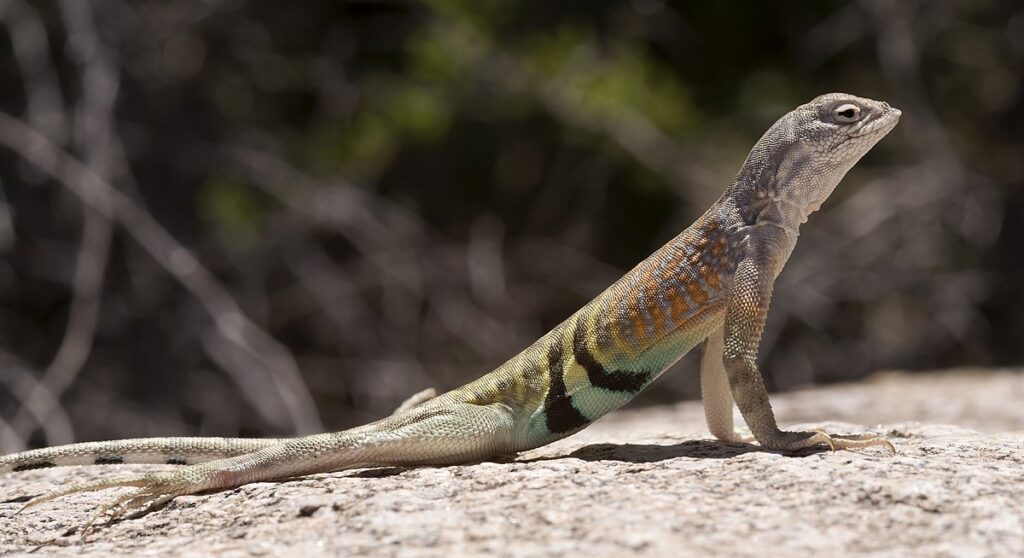
New Mexico hosts approximately 89 reptile species, making it sixth in national rankings. This impressive diversity reflects the state’s position at the junction of several ecological zones, including the Chihuahuan Desert, Great Plains, and southern Rocky Mountains. New Mexico’s reptile community includes numerous lizard species adapted to arid environments, such as whiptails, spiny lizards, and the colorful greater earless lizard.
The state hosts several rattlesnake species, including the New Mexico ridge-nosed rattlesnake, listed as a threatened species. New Mexico’s reptile diversity shows strong Mexican influences, with several species reaching the northern limits of their range within the state, making it an important area for understanding reptile biogeography.
7. Alabama – Aquatic Reptile Wonderland
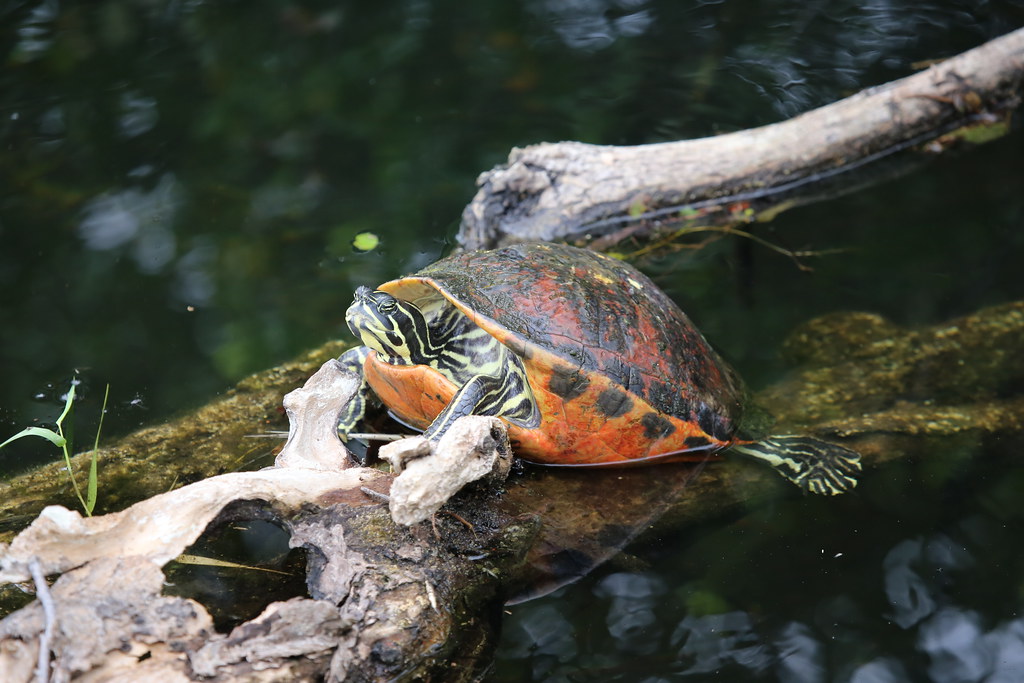
Alabama ranks seventh with approximately 85 reptile species, with its exceptional diversity driven largely by the state’s extraordinary aquatic habitats and waterway networks. Alabama leads the nation in turtle diversity, hosting approximately 32 species—a remarkable concentration reflecting the state’s numerous rivers, streams, and wetlands.
The state’s Mobile River Basin represents a global hotspot for turtle evolution, hosting rare species like the flattened musk turtle and the Alabama red-bellied turtle. Snake diversity is equally impressive, with species ranging from the eastern diamond-backed rattlesnake to the rainbow snake, a specialized predator of eels.
Alabama’s position in the biologically rich Southeast, combined with its varied topography from mountains to coastal plains, creates numerous niches for reptile specialization.
8. Louisiana – Wetland Reptile Diversity
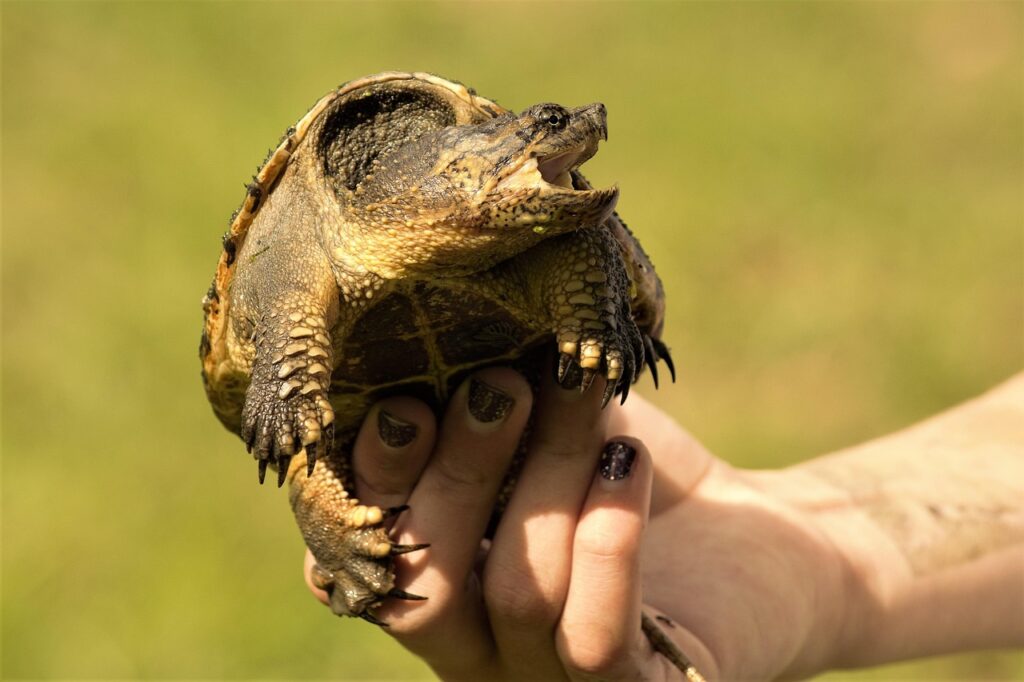
Louisiana claims eighth place with approximately 82 reptile species, with its diversity concentrated in the state’s extensive wetland ecosystems. The Mississippi River Delta and vast swamplands provide ideal habitat for aquatic and semi-aquatic reptiles, particularly alligators, which have made a remarkable recovery following protection.
Louisiana hosts numerous turtle species, including the alligator snapping turtle, North America’s largest freshwater turtle, capable of exceeding 200 pounds. Snake diversity includes species specially adapted to wetland life, such as the glossy crayfish snake that specializes in extracting crayfish from their burrows. Louisiana’s subtropical climate and position along the Gulf Coast also make it home to several reptile species with Caribbean affinities.
9. Oklahoma – Prairie Meets Forest
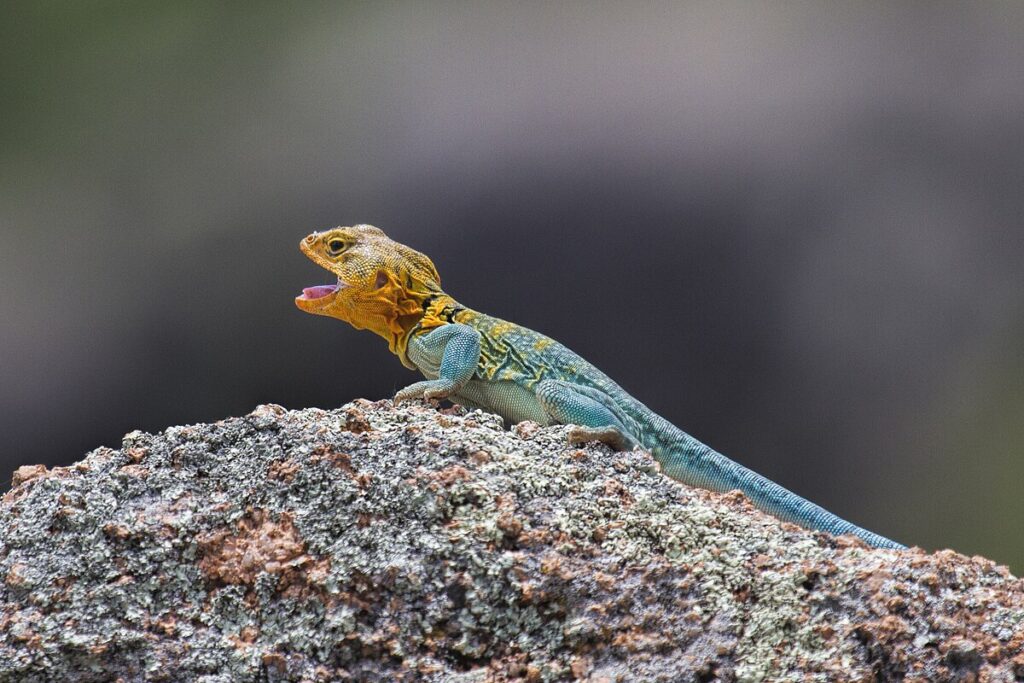
Oklahoma ranks ninth with approximately 80 reptile species, reflecting its position at the crossroads of eastern forests, western plains, and southern influences. The state’s varied landscape, from the Ozark highlands to the arid southwest, creates diverse habitats supporting specialized reptile communities.
Oklahoma hosts several iconic lizard species, including the collared lizard or “mountain boomer,” known for running on its hind legs. Snake diversity is equally impressive, with species ranging from the secretive western worm snake to the massasauga rattlesnake of prairie habitats.
Oklahoma’s reptile community includes species typical of multiple ecological regions, making it an important transitional zone for understanding reptile distribution patterns across North America.
10. Mississippi – River State Reptile Richness
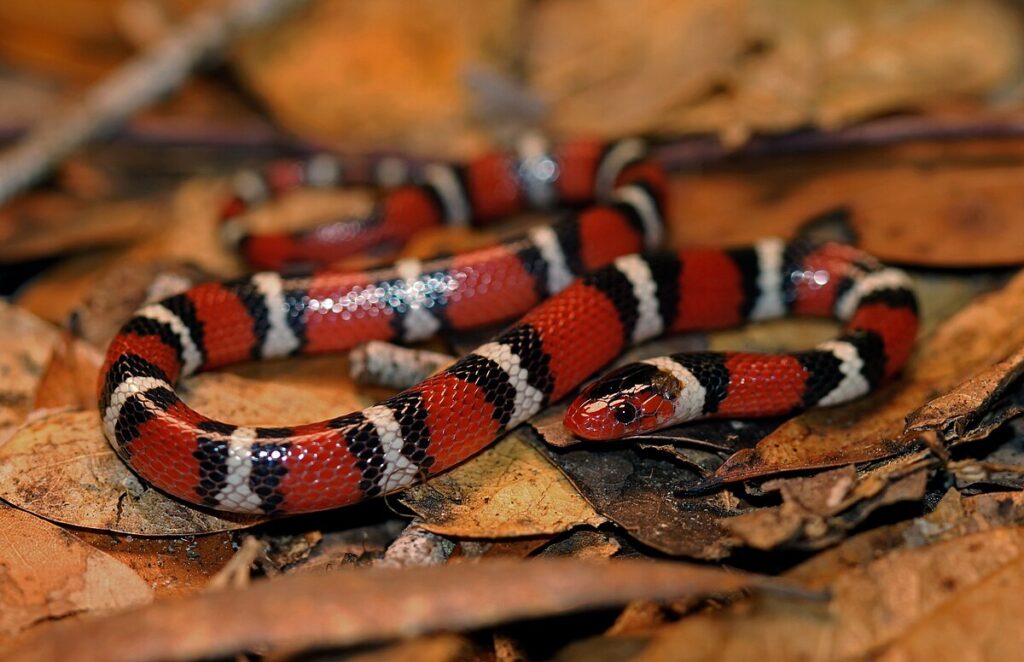
Mississippi completes our top ten with approximately 78 reptile species, with its diversity closely tied to the state’s extensive river systems and warm climate. The state’s reptile community includes 30 snake species, from the venomous cottonmouth to the rainbow-hued scarlet kingsnake with its warning coloration.
Mississippi hosts numerous turtle species, including the yellow-blotched sawback, a riverine species endemic to the Pascagoula River system. Lizard diversity includes the ground skink, North America’s smallest lizard, and the Mediterranean gecko, an introduced species now common around buildings. Mississippi’s position along the Gulf Coast and its extensive floodplain forests create important habitat corridors connecting reptile populations throughout the southeastern United States.
Conservation Challenges and Importance
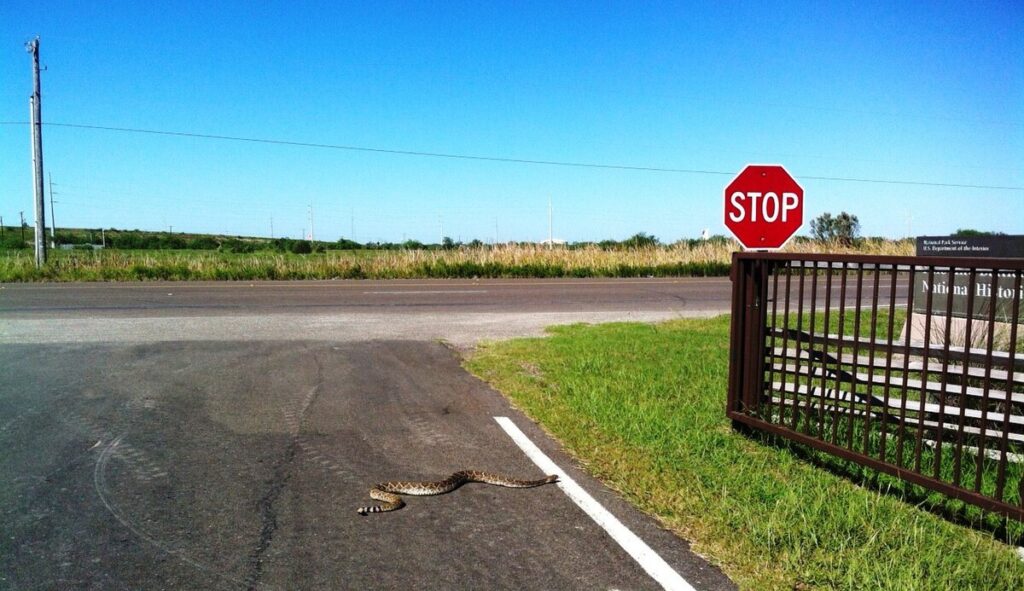
The states with the highest reptile diversity also face significant conservation challenges. Habitat loss represents the primary threat, as urban development, agriculture, and infrastructure fragment critical reptile habitats.
Climate change poses increasing concerns, potentially altering temperature regimes critical for reptile reproduction and survival, particularly for species with temperature-dependent sex determination. Invasive species threaten native reptiles through predation, competition, and disease transmission, with Florida’s battle against non-native pythons serving as a cautionary example.
Road mortality significantly impacts reptile populations, especially for turtles and snakes that often cross roadways during seasonal movements. Conservation efforts in these biodiversity hotspots take on special importance, as they protect disproportionate numbers of species compared to less diverse regions.
Conclusion: America’s Reptile Legacy

The United States hosts remarkable reptile diversity, with the ten states highlighted above serving as crucial strongholds for these ancient vertebrates. From the desert specialists of Arizona to the aquatic communities of Alabama, each state contributes uniquely to America’s reptile heritage. Understanding these patterns of diversity helps direct conservation efforts toward the regions where they can protect the greatest number of species.
As climate change and habitat loss continue to threaten biodiversity worldwide, preserving the reptile-rich ecosystems of these states becomes increasingly important. For wildlife enthusiasts, these ten states offer unparalleled opportunities to observe and appreciate the remarkable adaptations and evolutionary stories represented by America’s diverse reptile communities.

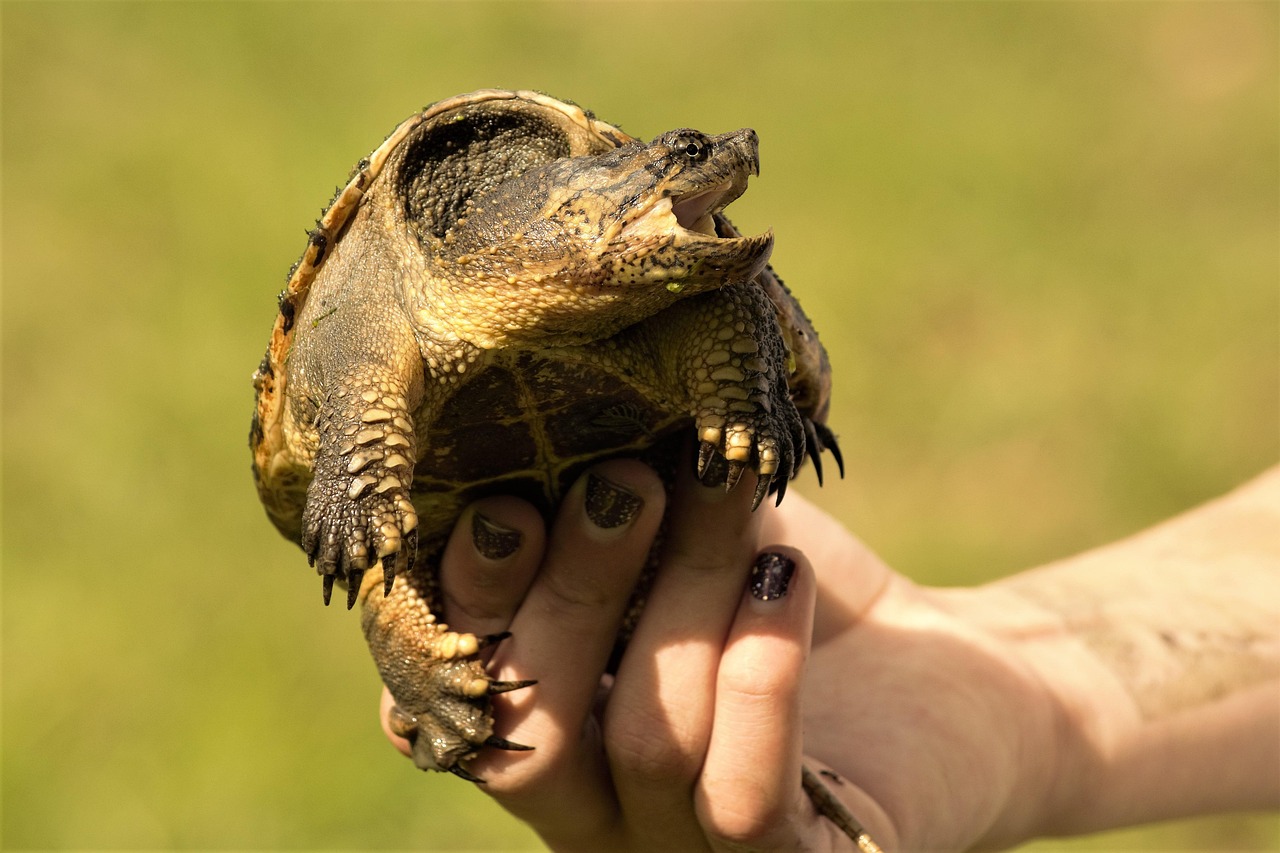

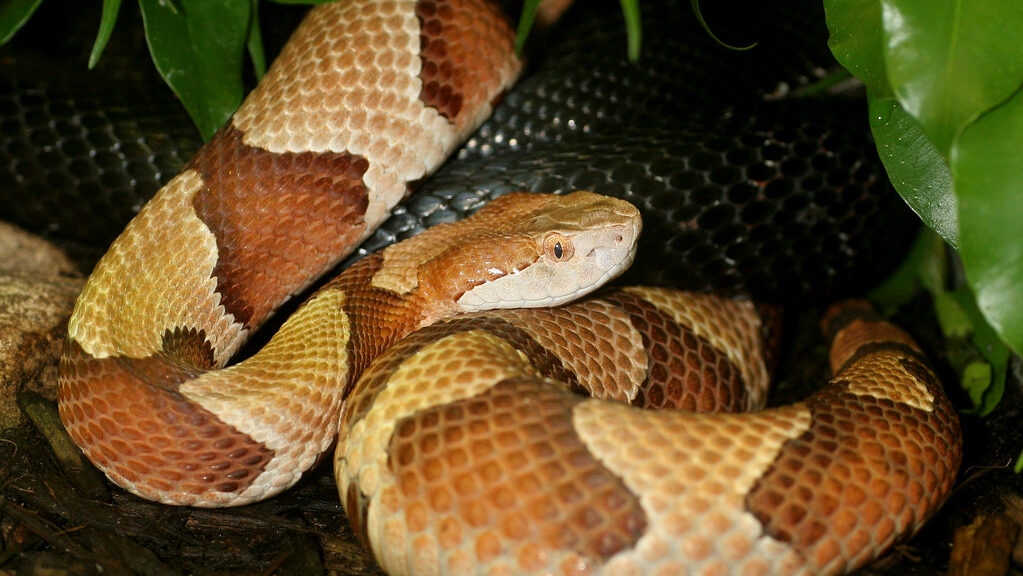
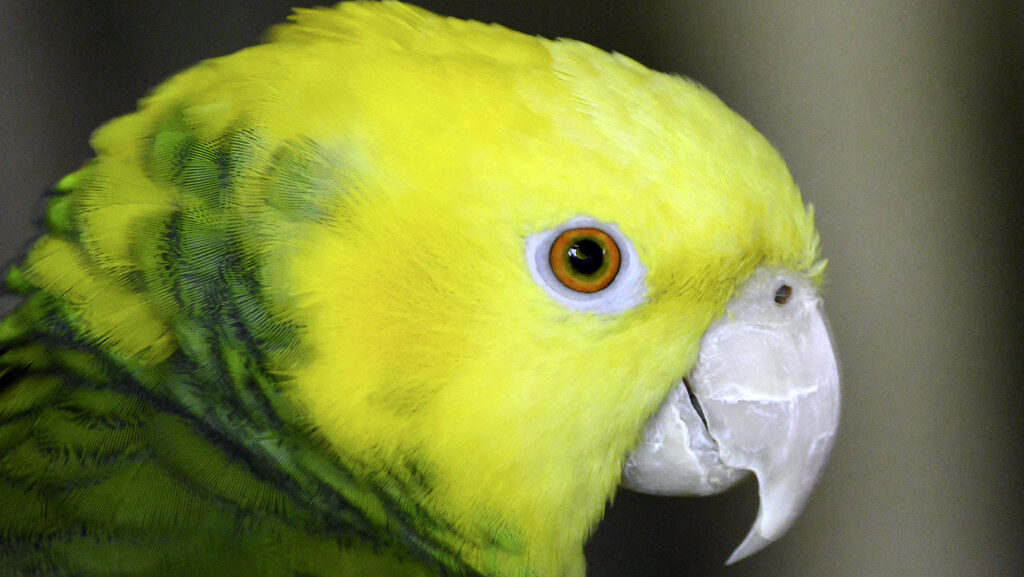
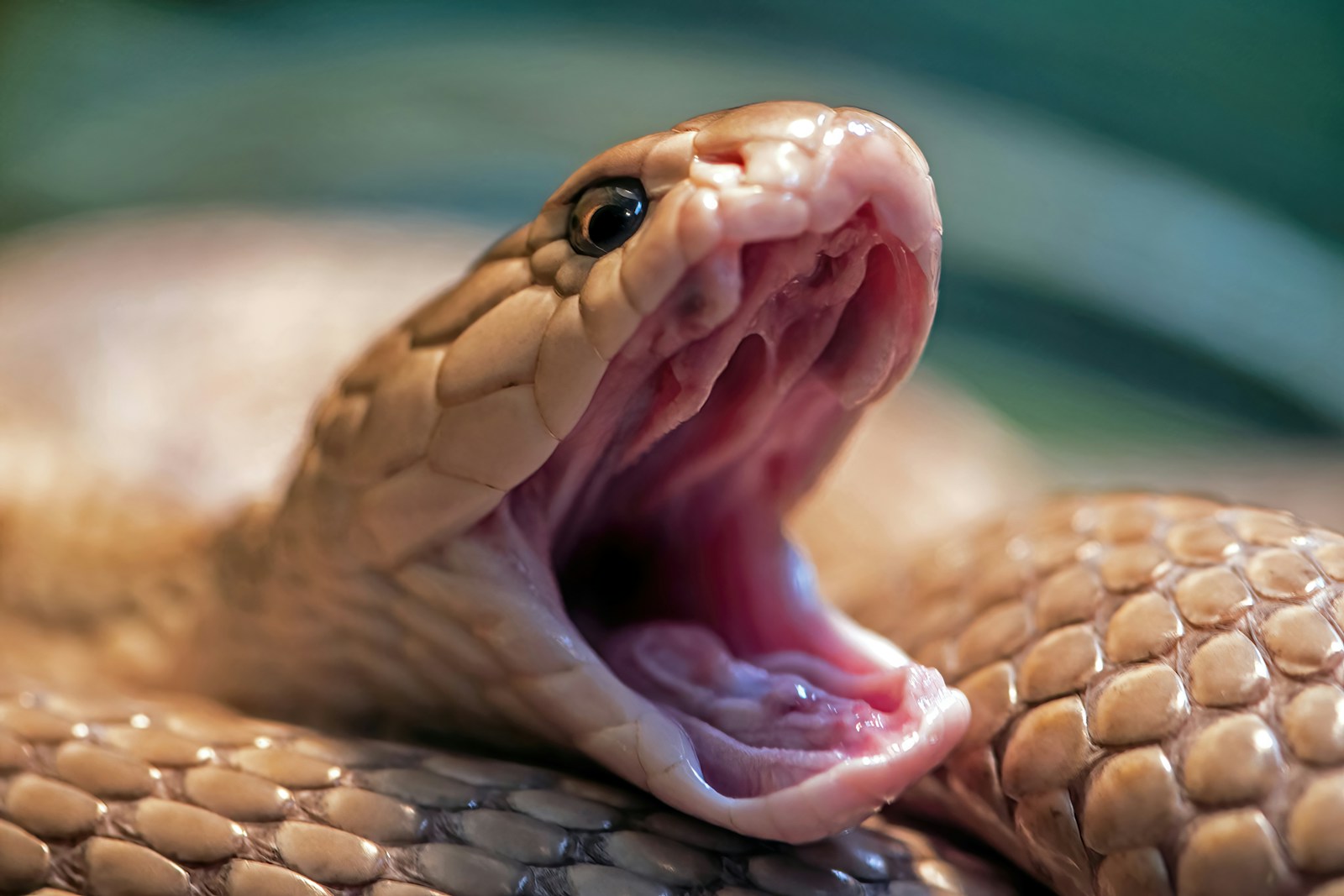
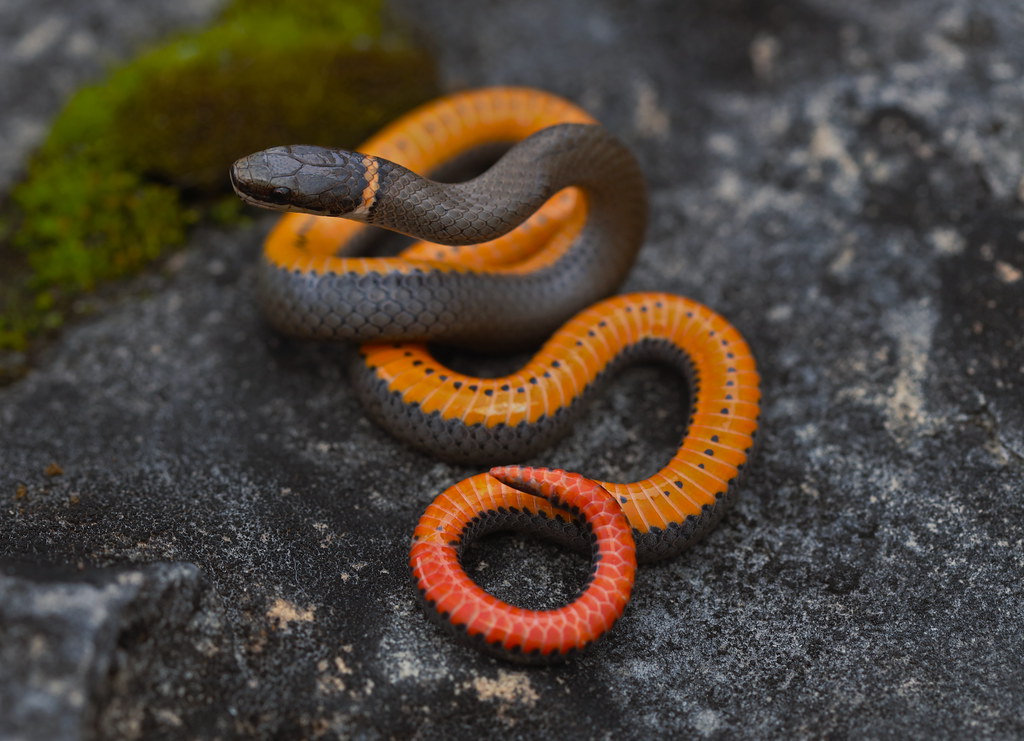
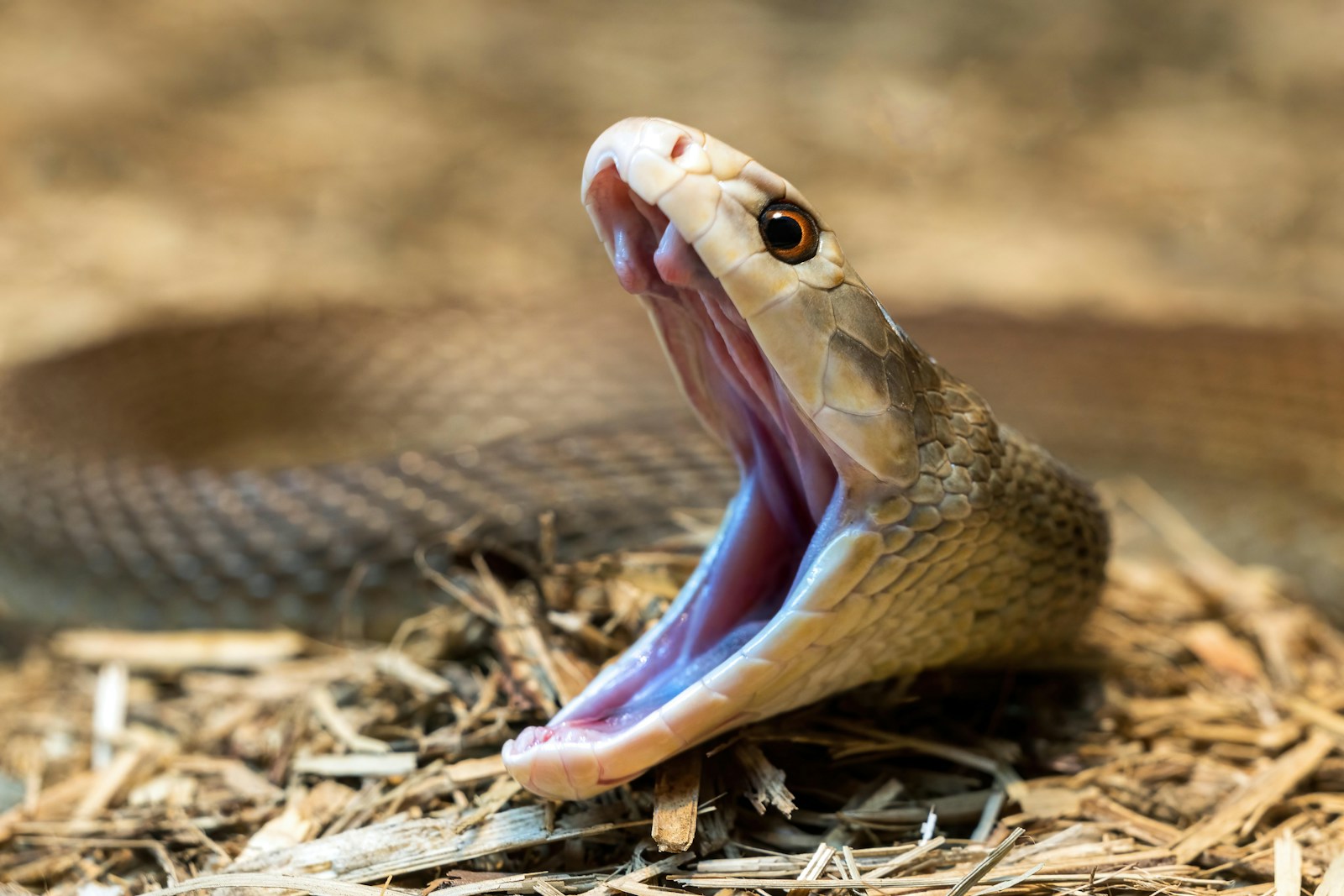
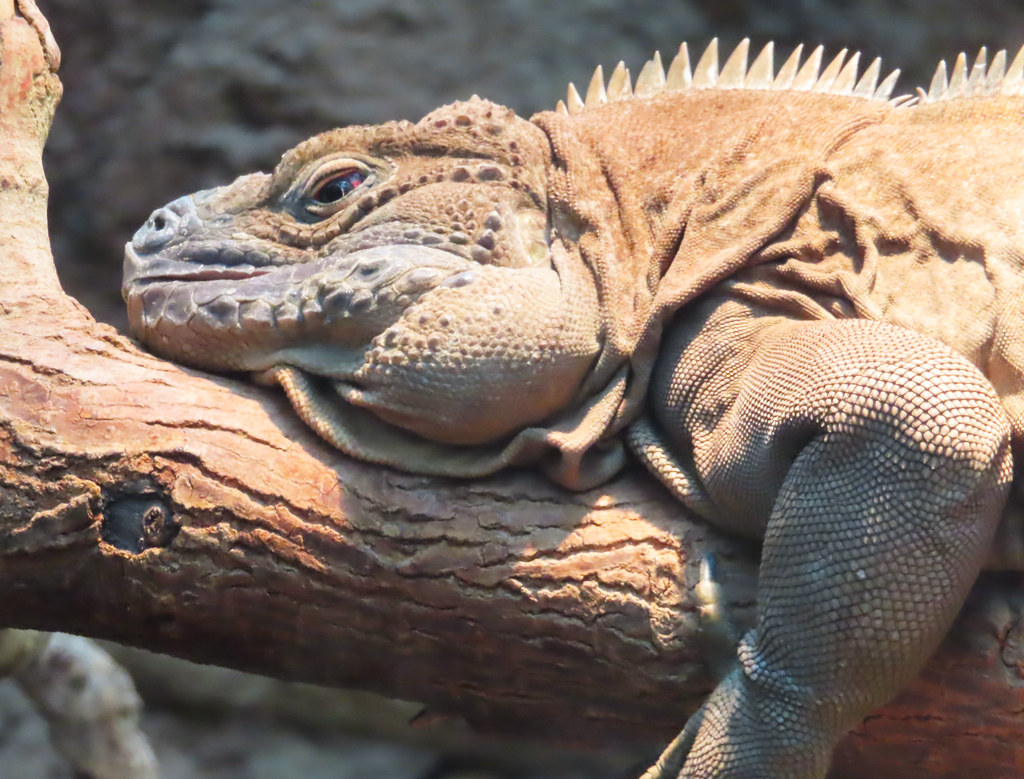
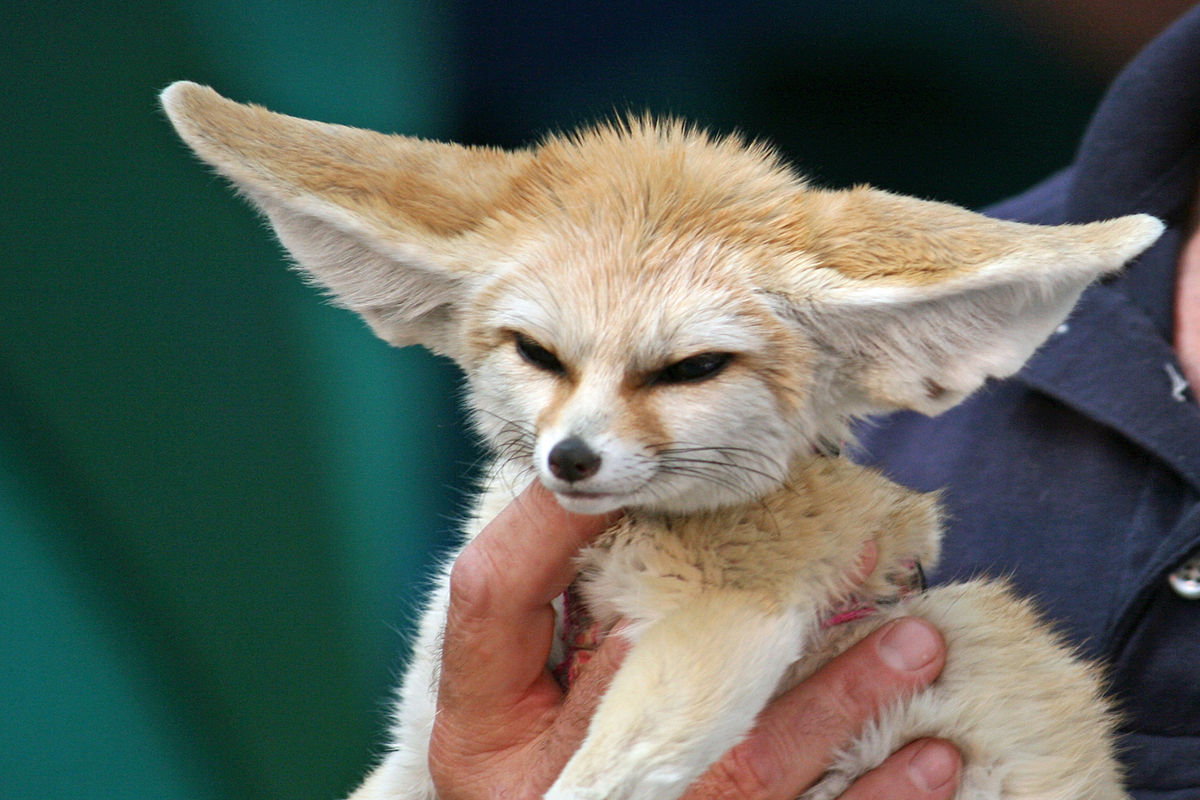
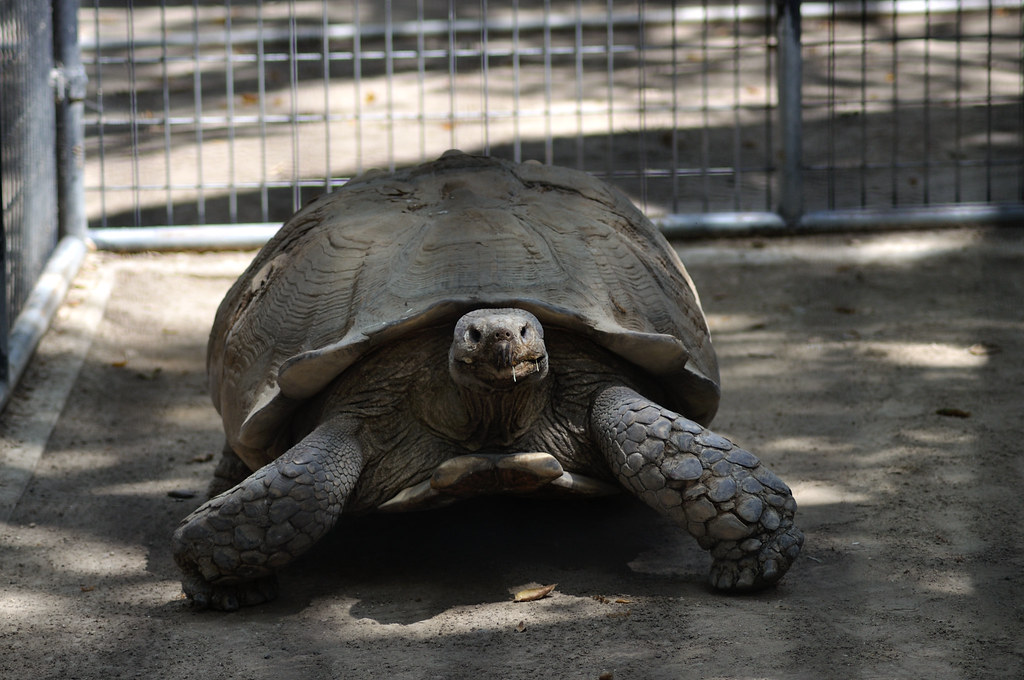
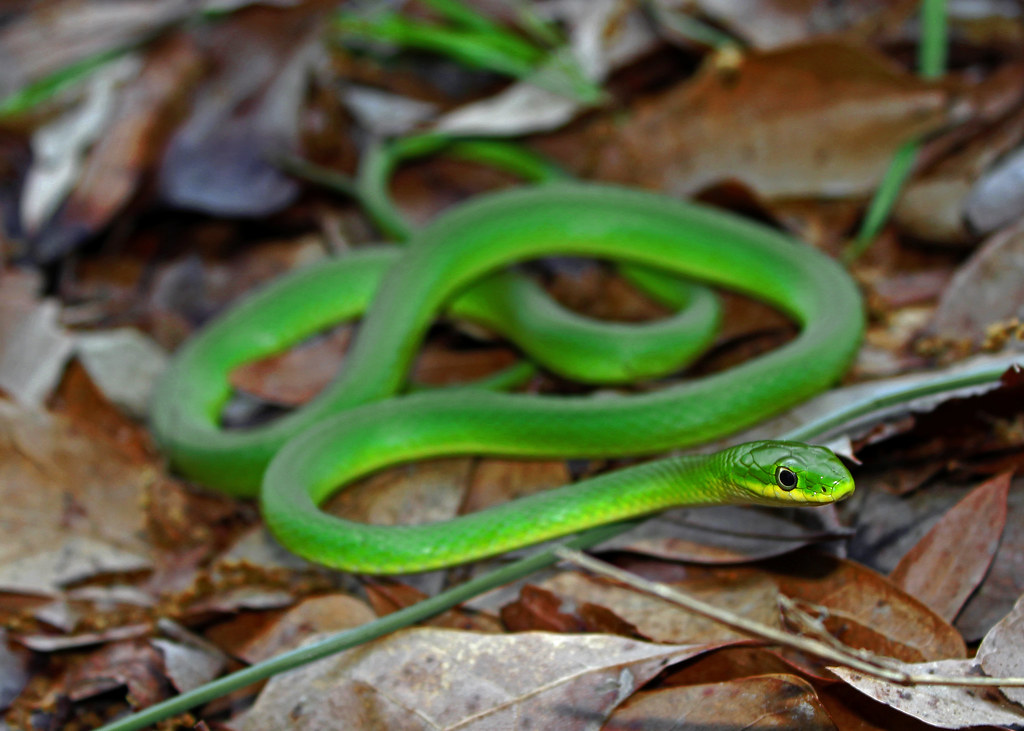



Leave a Reply